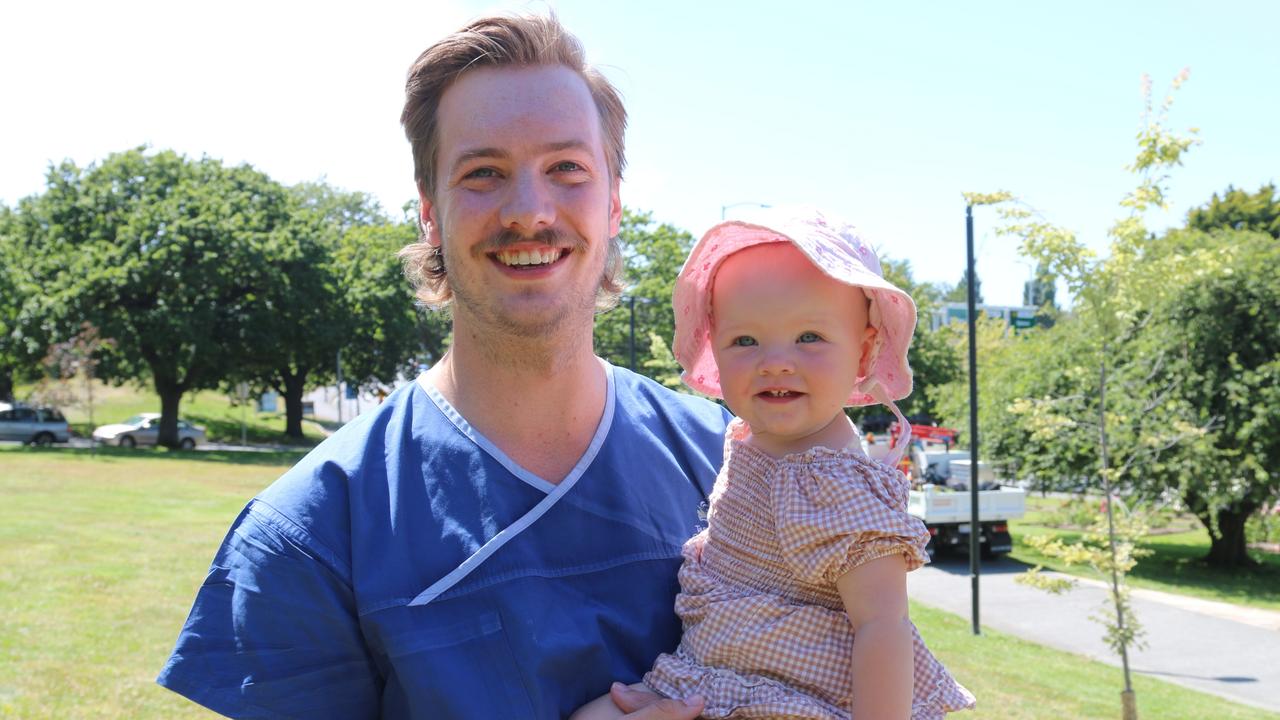‘They’re seeing nice glossy photos of Lake Oberon, but don’t see the two days walk to get there’
People desperate for content are making reckless decisions tackling Tasmania’s beautiful — but dangerous — outdoors. Here’s the profession most likely needing assistance.
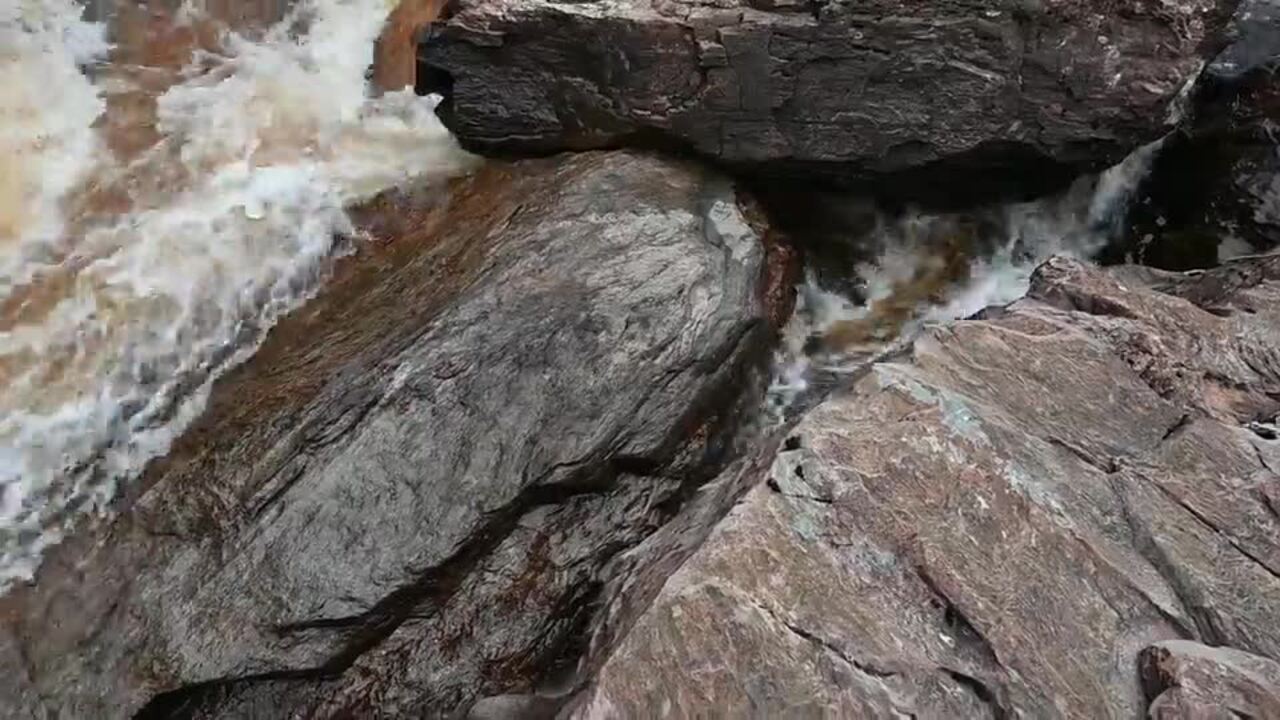
Tasmania
Don't miss out on the headlines from Tasmania. Followed categories will be added to My News.
Tasmanian retiree Mark had an ambitious goal in 2024: bushwalk to 50 of the state’s waterfalls. He achieved that milestone, but it was the 51st — Crystal Falls in the rugged Weld Valley — that saw him come undone.
A seasoned bushwalker, Mark had meticulously prepared for the day. But on January 7, a series of small missteps cascaded into disaster.
As darkness closed in, Mark activated his personal locator beacon (PLB). He was eventually winched to safety by Search and Rescue.
“Everything just fell apart, and then I started to panic,” Mark says, still processing the experience.
“I really believe they saved my life. But it was traumatic — and humiliating.”
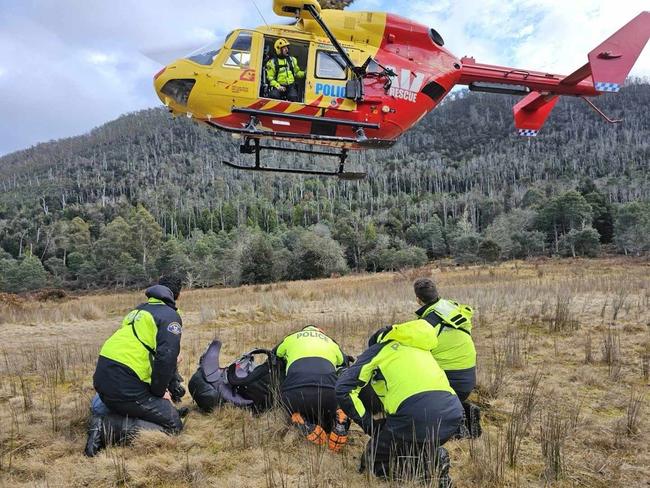
His close call is just one of many this summer for Tasmania’s Search and Rescue teams, who are grappling with a wave of serious incidents in the wilderness.
Summer 2024/2025 has been unusually busy, even by Tasmanian standards. The season began with a dramatic rescue in the Franklin River, where a hiker had his leg amputated in the freezing, rising waters. Over Christmas and New Year, three people died in separate incidents in the bush. January has already seen another spike in rescues.
Senior Constable Callum Herbert from Police Search and Rescue, a seasoned bushman since his Boy Scout days, describes the summer workload as “intense”.
“Social media plays a big part, in my opinion, in our job.” Constable Herbert says, adding that people desperate for content often ignore inclement weather, warning signs and their own fitness and ability in the quest for photographic gold.
“Mt Wellington beautifully framed with your brand-new iPhone – ‘Oh, wow, I’ve got to go up there’. Whereas the reality is half an hour later, you can be in a snowstorm.” Constable Herbert says.
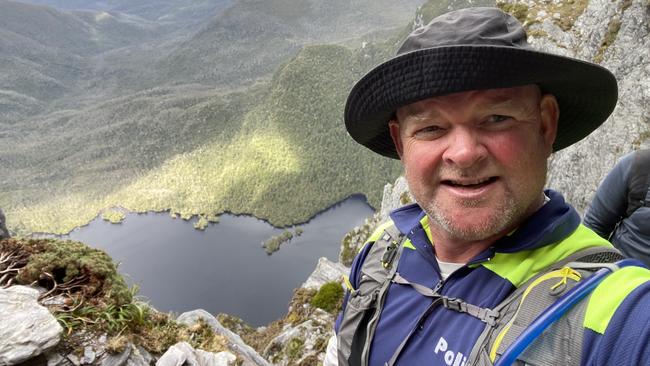
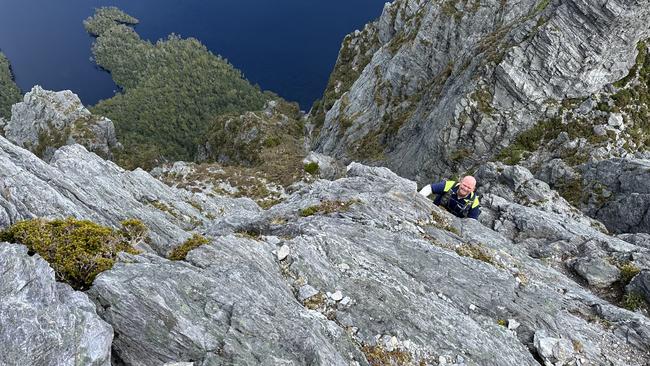
But the rising number of people heading into the bush unprepared or inexperienced is not just tourists, he says, with half of all rescues being Tasmanian.
The most rescued profession?
Doctors.
Sports such as lightweight hiking (where hikers carry the bare minimum of equipment) and trail running has also led to an increase in rescues, as have the popularity of sports like Mountain Biking.
Videos of Constable Callum and his team on search and rescue operations show them climbing goat trails up Mt Franklin, bent double in gail-force winds clinging to mountain tops, and crossing deep rivers, laden down with gear.
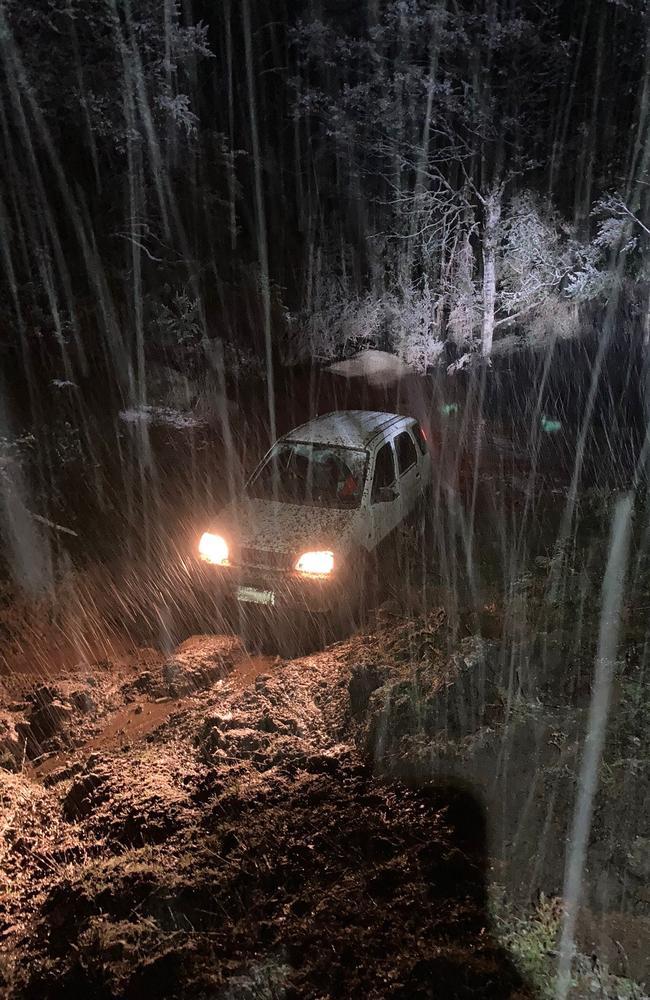
For this team, there’s rarely a rescue that is straightforward.
“Personal locator beacons and mobile phones save lives,” says Constable Herbert.
“But they also give people a false sense of security, that help is just a button away. The truth is, we can’t always get there immediately. Clouds can ground helicopters, and terrain or time of day can slow us down.”
But the power of “that button” remains strong.
“The reality is, if you need us, we won’t stop until we find you,” Constable Herbert says. “We’ll literally walk all through the night and not stop until we find you.”
Insta-fame driving global rise in rescues
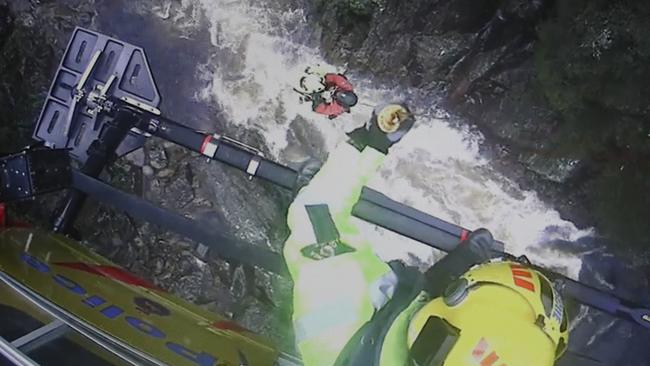
Search and Rescue operations in Tasmania have risen steadily, with 446 missions conducted over 2023–24, up from 362 the previous year and 240 a decade ago. The trend mirrors global patterns in popular mountainous areas.
In New Zealand’s South Island rescuers visit one Instagram-famous mountain every single week to lift people to safety.
Parks and Wildlife Services Senior Ranger Brendan Moodie says the recent spate of deaths and rescues has had a cautioning effect on bush walkers in National Parks, with many more willing to turn back in bad weather or abort trips since the slew of accidents.
But he suspects the new-found circumspect approach will be short-lived.

Mr Moodie says his team struggle to get the attention of social media junkies, who walk past ranger stations and can be “uninterested” in talking to rangers on the track, who try to share messages of warning.
“They’re seeing the nice glossy photos of Lake Oberon, but they don’t see the two days walk to get in there and the challenging conditions” Mr Moodie says.
“A lot of people are going in just totally unprepared for what the Tasmanian bush is really like. It’s tough, and it can be unforgiving.”
Like Constable Herbert, who advises “training up” over a period of time to challenging walks and climbs, Mr Moodie says careful research and planning needs to happen long before the adventure – and from legitimate sources, not just Facebook groups.
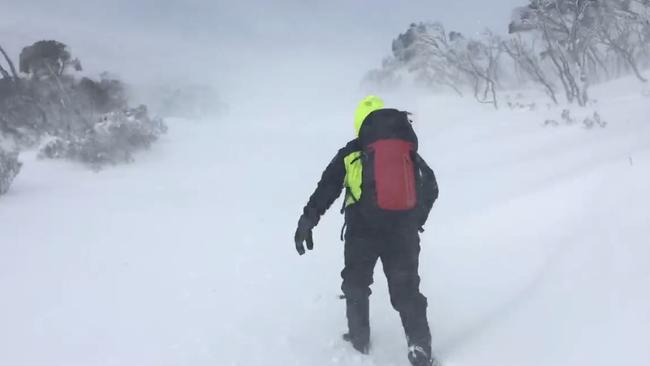
“The education really needs to start before they hit the track, because by then, it’s too late,” says Mr Moodie.
For Mark, the experience of being rescued has been traumatising, and he says his confidence has taken a knock.
While he sustained no serious injuries and was found not far from his car (as the crow flies), the power of the bush to overwhelm him, bite him and cut him has been a lesson in humility.
“I never thought I’d ever have to use it, the PLB,” says Mark.
“It’s always a combination of factors. It’s never one thing, you know, that creates the disaster.”
eleanor.dejong@news.com.au
Originally published as ‘They’re seeing nice glossy photos of Lake Oberon, but don’t see the two days walk to get there’



